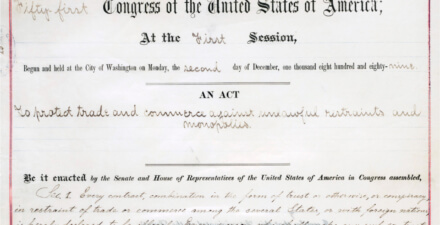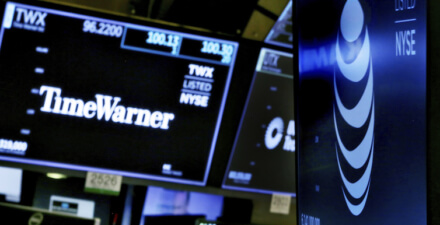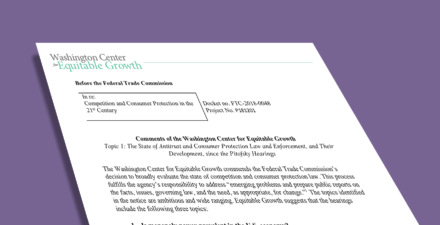Overview
Competition policy in the United States has become a major public policy issue for the first time in decades, but discussion about the current U.S. antitrust enforcement regime has been less systematic. Antitrust enforcement is often treated as a single entity, but multiple forces affect both the intensity and effectiveness of enforcement. This report examines enforcement activity (the number and type of cases that enforcers bring), the resources Congress provides for antitrust enforcement, and, in the federal system, the merger filing-fee system that has become the primary source of antitrust funding. Understanding the basic patterns of federal enforcement offer a window into core antitrust enforcement and provides a measure for weighing and questioning the relative impact of the contributing factors to the success or failure of U.S. antitrust law today.
Download File
The state of U.S. federal antitrust enforcement
Key Takeaways
This report examines federal antitrust enforcement in terms of activity, resources, and merger fees. Although descriptive statistics do not establish causation, they offer a window into core antitrust enforcement.
- Criminal antitrust filings have fallen to historic lows in the United States
- The 16 criminal cases filed in 2018 were the fewest filed since 1990. The 5 corporations charged criminally in 2018 and the 8 charged criminally in 2017 are the fewest since 1990. Over the same time period, only in 1996 were fewer individuals charged than in either 2017 or 2018.
- U.S. merger enforcement actions have not kept pace with increased merger filings
- Historically, as U.S. merger filings increase, merger enforcement actions increase, but that has changed. Merger filings increased nearly 80 percent between 2010 and 2018, but the number of enforcement actions have been constant, fluctuating at around 40 actions per year.
- Civil nonmerger actions have fallen in the United States
- Last year was an historically low year for civil nonmerger enforcement, and 2019 also appears to be low. On average, the two federal antitrust agencies brought 10.8 nonmerger cases a year between 1999 and 2008 and 7.5 cases a year between 2009 and 2018.
- U.S. antitrust enforcement resources have fallen recently
- In real terms (after accounting for inflation), appropriations are 18 percent lower in 2018 than in 2010. The two federal antitrust enforcement agencies had slightly fewer resources in 2018 ($471 million) as they did nearly 20 years earlier, in 2001 ($491 million).
- U.S. GDP growth has outpaced growth in antitrust appropriations
- Compared to 2008, the U.S. the economy, measured by Growth Domestic Product, has grown twice as fast (39 percent) as antitrust appropriations (20 percent).
Related
Explore the Equitable Growth network of experts around the country and get answers to today's most pressing questions!







